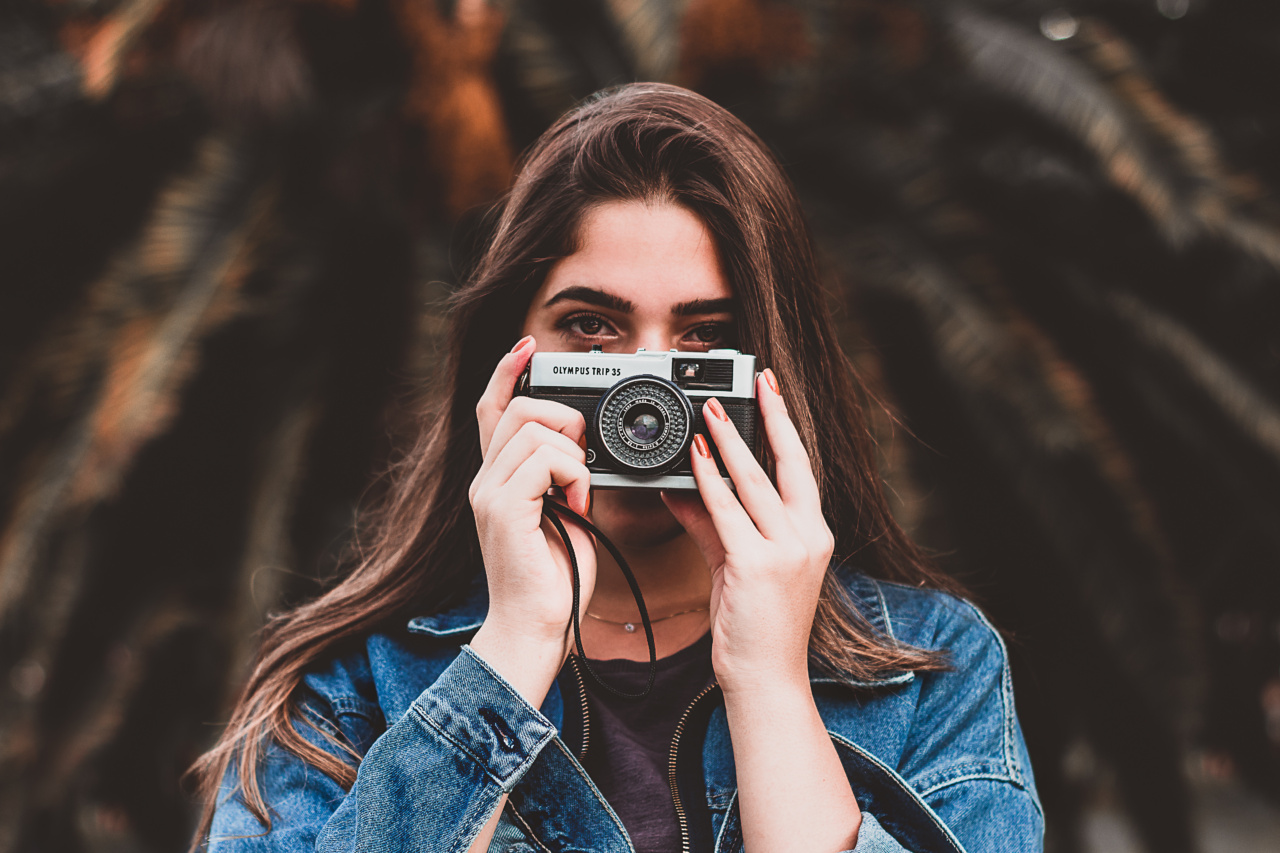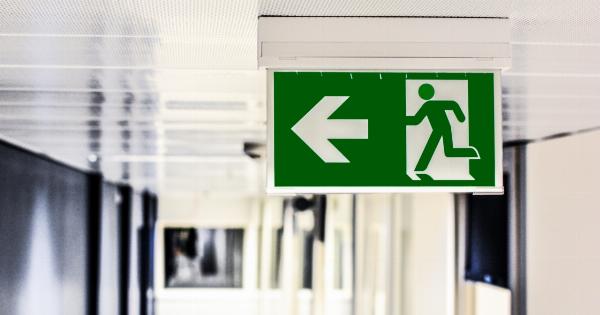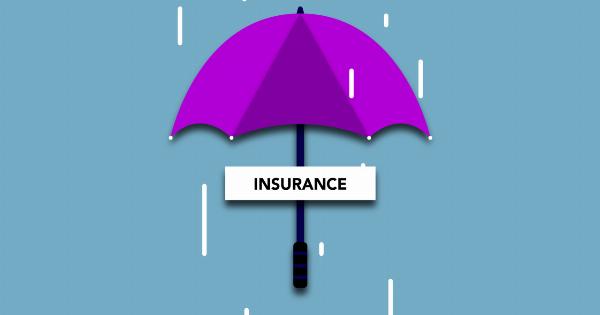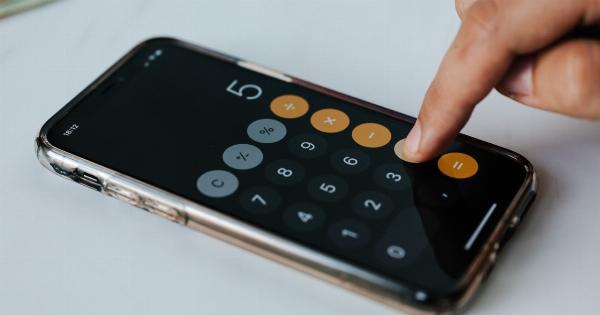In today’s digital age, privacy has become a growing concern for many people. With the rise of social media platforms, facial recognition technology, and online surveillance, it is essential to take measures to keep your face private.
Whether you want to protect your identity or maintain a certain level of anonymity, there are several steps you can take to safeguard your privacy. In this article, we will explore various measures and techniques to help you keep your face private.
1. Use Strong Passwords
One of the first and most basic steps to protect your privacy is to use strong, unique passwords for all your online accounts.
Ensure that your passwords are not easily guessable and include a combination of uppercase and lowercase letters, numbers, and special characters. By using strong passwords, you can prevent unauthorized access to your accounts and protect your personal information, including photos of your face.
2. Adjust Privacy Settings on Social Media
Social media platforms can be a treasure trove of personal information, including pictures of your face. To maintain your privacy, it is crucial to review and adjust your privacy settings regularly.
Limit the visibility of your photos and profile information to only trusted friends and family members. Be cautious about accepting friend requests from strangers and consider restricting access to your posts and photos to ensure that only approved individuals can view them.
3. Be Mindful of Facial Recognition Settings
Facial recognition technology is becoming increasingly prevalent, and it is essential to be aware of the settings and permissions associated with it.
Many social media platforms and mobile apps offer facial recognition features that can automatically tag you and your friends in photos. While this can be convenient, it can also compromise your privacy. Review the settings of these features and consider disabling them if you prefer to keep your face private.
4. Avoid Posting Identifying Information
Sharing personal information online, such as your full name, address, phone number, or workplace, can make it easier for others to identify you.
To protect your face and overall privacy, it is important to avoid posting such identifying information on public platforms. Be cautious about the information you share and consider using pseudonyms or nicknames instead of your real name on certain platforms.
5. Use Secure Messaging Apps
When communicating with others, especially when sharing photos or videos that include your face, it is crucial to use secure messaging apps.
End-to-end encryption ensures that your messages and media are secure and cannot be intercepted or accessed by unauthorized individuals. Popular secure messaging apps include Signal and WhatsApp, which prioritize user privacy and data security.
6. Regularly Update Privacy Policies
Privacy policies and terms of service agreements are constantly evolving, and it is important to stay informed about any changes that may affect your privacy.
Regularly review the privacy policies of the platforms you use to understand how your personal data, including facial images, is collected, stored, and shared. If you are uncomfortable with a platform’s privacy practices, consider terminating your account or adjusting your settings accordingly.
7. Be Cautious with Facial Unlock Features
Many modern smartphones offer facial unlock features to conveniently access your device. While these features can be convenient, they may also pose privacy risks.
Facial unlock technology relies on storing your facial data on the device, which could be compromised if someone gains unauthorized access to your phone. Evaluate the risks and benefits of using facial unlock and consider using alternative methods, such as PIN or fingerprint unlock, to enhance your privacy.
8. Limit Photo Tags and Geolocation
When sharing photos on social media platforms, be cautious of tagging people, including yourself, without their consent. Tagging can expose your face to a wider audience and potentially compromise your privacy.
Additionally, consider disabling geolocation services on your devices as they can reveal your location when sharing photos online. By limiting photo tags and disabling geolocation, you can have better control over who can access your photos and where they were taken.
9. Use Virtual Private Networks (VPNs)
To further enhance your privacy when accessing the internet, consider using virtual private networks (VPNs). A VPN encrypts your internet connection and masks your IP address, ensuring that your online activities remain private and secure.
VPNs are particularly useful when using public Wi-Fi networks that may not have adequate security measures. Look for reputable VPN providers and use them when browsing the web or accessing sensitive information online.
10. Regularly Audit Your Online Presence
Lastly, take the time to regularly audit your online presence to identify any potential privacy risks. Search for your name on search engines and social media platforms to see what information and photos of your face are publicly available.
If you find any content that compromises your privacy, take steps to remove or restrict access to it. Being proactive about managing your online presence can go a long way in keeping your face private.
Conclusion
Protecting your face and overall privacy is essential in today’s digital world.
By implementing the measures mentioned above, such as using strong passwords, adjusting privacy settings on social media platforms, and being mindful of facial recognition technology, you can maintain a higher level of control over your personal information. Remember to regularly review and update your privacy settings and stay informed about the privacy practices of the platforms you use. By taking these steps, you can enjoy a greater sense of security and privacy in your online interactions.






























